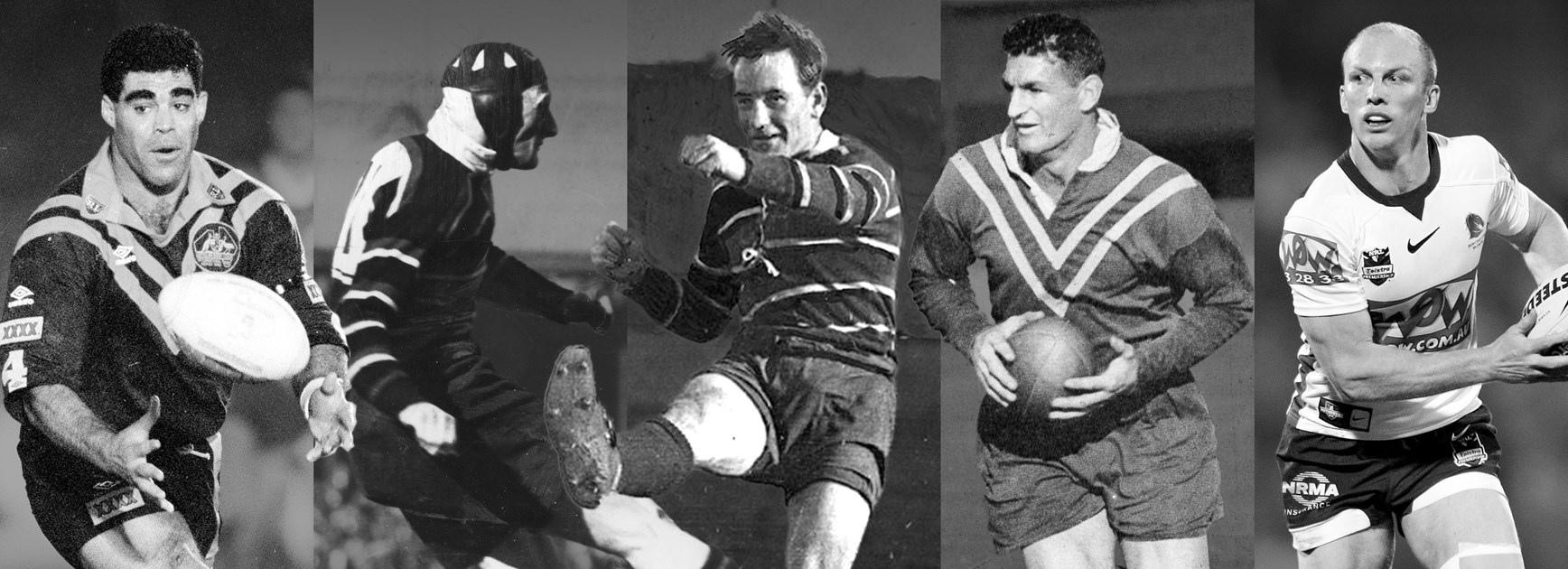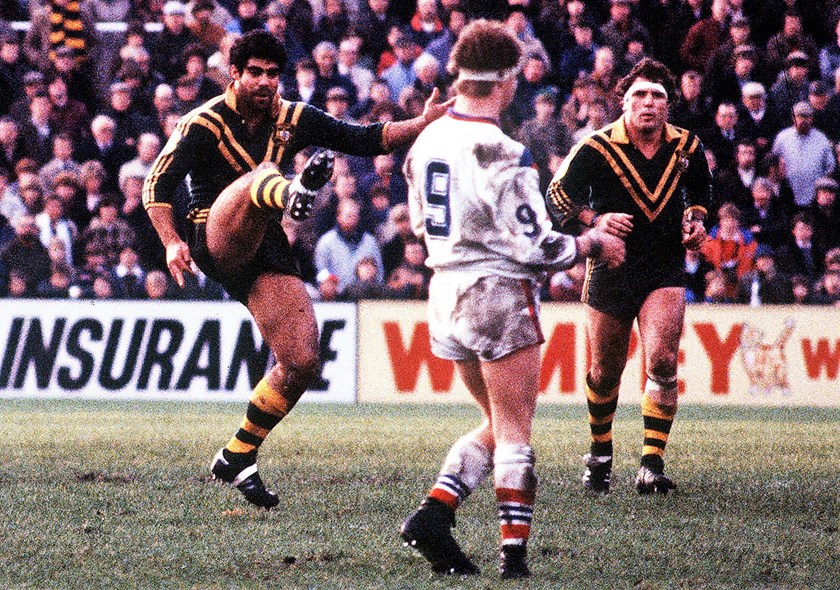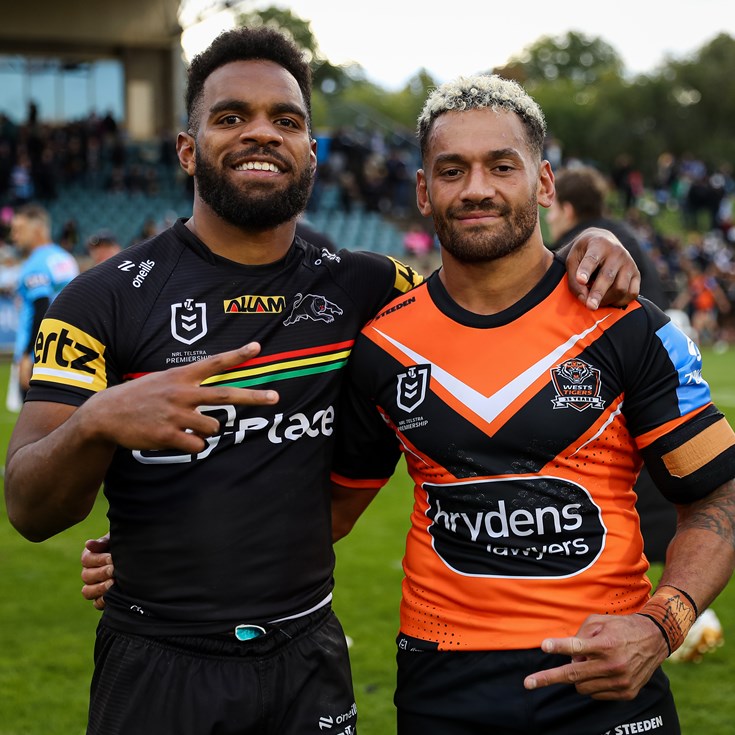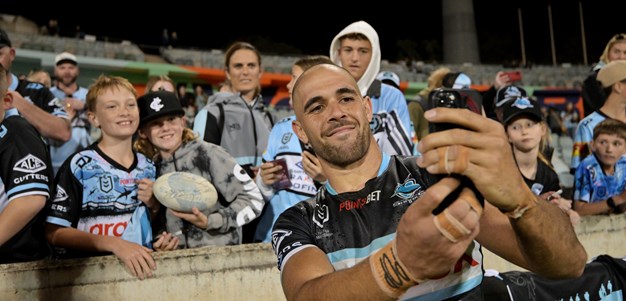
Dally Messenger or Darren Lockyer? Dave Brown or Mal Meninga? And what about Norm Provan?
Those are questions which are set to be debated until the next Immortals are inducted at the end of the Telstra Premiership season after the NRL introduced new initiatives to acknowledge the 110-year history of the game.
For the first time since the establishment of the Immortals concept in 1981, players from the pre-World War II era will be considered - meaning the feats of Messenger and Brown will be compared to those of Lockyer, Meninga, Provan and another 93 players inducted in the NRL Hall of Fame.
However, if a player is among the five Immortals nominations this year but gets overlooked, he can be shortlisted for another two cycles before being removed from future consideration.
The Immortals re-launch and the new awards structure has occurred after the NRL acquired ownership of Rugby League Week following the closure of the magazine last year.
With the game also taking control of the Dally M awards there are now three tiers of recognition for the achievements of the game’s greatest players:
- Dally M Medal, for a season of excellence;
- NRL Hall of Fame, acknowledging excellence across a career; and
- Immortals, recognising players who transcend generations.
NRL Awards Manager Frank Puletua has spent more than 12 months establishing a process and rules that ensure the game's history will be celebrated more regularly and with greater integrity than in the past.
Hall of Fame & Immortals program explained
From this season, up to two Immortals will be selected every four years and those players will be nominated from the Hall of Fame, which is set to have six additions in July to the 100 players inducted during the game's centenary celebrations in 1908.
Eight of those players – Clive Churchill, Bob Fulton, Reg Gasnier, John Raper (all 1981), Graeme Langlands, Wally Lewis (both 1999), Arthur Beetson (2003) and Andrew Johns (2012) – have already been given Immortals status, leaving 92 eligible for consideration this year.
In addition, a further six players will be inducted to the Hall of Fame from a short list of 25 to be announced next month, representing the six seasons from 2008 to 2013 in which players are now eligible as they must be retired for five years before being considered.
To be chosen as an Immortal is the greatest honour a player can receive and it is widely considered that to earn the accolade he needs to have changed the game or had an impact beyond his career.
Current superstars such as Johnathan Thurston and Cameron Smith cannot be considered until 2026 as they will not be eligible for Hall of Fame inclusion before the next cycle of Immortals voting in 2022.
After this year, up to four players will be inducted in the NRL Hall of Fame each season, while there are also new sub-categories for coaches, referees and contributors, such as administrators, commentators and journalists.
The awards cycle leading into the next Immortals Year in 2022 also includes Hall of Fame inductions for contributors in 2019, referees and coaches in 2020, and contributors again in 2021.
Among those likely to come under consideration as contributors are former administrators JJ Giltinan, Jersey Flegg, SG Ball, Victor Trumper, Ken Arthurson and John Quayle.
Others include former commentator Frank Hyde and John O'Grady, whose photo of Provan and Arthur Summons after the 1963 grand final, known as The Gladiators, was the model for the NRL Premiership trophy.
A screening committee will choose the five players to be considered as Immortals and a voting panel will select up to two new Immortals each four years.

Players who make the shortlist of five but are not chosen as Immortals can be considered again in a further two Immortals Years before no longer being ineligible.
The most difficult task with comparing players of different eras is that no one on the selection panel is old enough to have seen the likes of Messenger or Brown play but it was felt that to fully recognise the game’s history they need to be considered.
Messenger’s greatness is already acknowledged by the naming of the Dally M awards in his honour, and his defection from rugby union is considered vital to the success of the code.
Nicknamed “The Master”, Messenger went on the New Zealand All Golds tour of Britain in 1907 as a guest player and returned to be the star of the inaugural NSWRL competition the following season and until his retirement in 1913 after leading Eastern Suburbs to a third premiership.
Brown also played in the centres for the Roosters and was known as the Bradman of rugby league because of the point scoring records he set between 1930 and 1941, some of which still stand today.
Among them are his haul of 38 tries in 1935, which is even more remarkable considering Brown played just 15 games for Roosters that season and he achieved the feat during an era of unlimited tackles and a one-metre offside rule.
He also kicked a record 15 goals in a match, which was part of a 45-point haul, including five tries, against Canterbury and led the Roosters to premierships in 1935 and 1936, while captaining Australia at the age of just 22.



